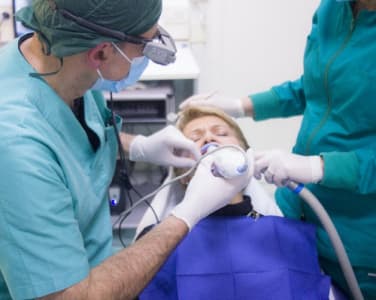Subscribe to out newsletter today to receive latest news administrate cost effective for tactical data.
2478 Street City Ohio 90255
Shopping cart
- Phone:+91 79824 91995
- Email:info@cancerheal.co.in
Subscribe to out newsletter today to receive latest news administrate cost effective for tactical data.
2478 Street City Ohio 90255
Lung cancer is one of the most common and deadliest forms of cancer worldwide, ranking as the third most frequently diagnosed cancer in the United States. It begins when abnormal cells in the lungs start multiplying uncontrollably, forming tumors that interfere with normal breathing and may spread to other parts of the body.
The lungs — two spongy organs in the chest — are vital for oxygen exchange, and damage from cancer can seriously affect overall health. While anyone can develop lung cancer, smoking remains the leading cause, contributing to around 80% of related deaths. The risk increases with the number of cigarettes smoked and the length of time a person has been smoking. However, quitting at any stage significantly reduces the chances of developing the disease. Lung cancer can also affect non-smokers, often due to other environmental or genetic factors.
Lung cancer often shows no symptoms in its early stages. Signs usually appear once the disease has advanced and can be divided into two categories:

Persistent cough that doesn’t go away
Chest discomfort or pain
Coughing up small amounts of blood
Hoarseness
Shortness of breath or wheezing
Bone pain
Headaches
Unexplained weight loss
Loss of appetite
Swelling in the face or neck
Lung cancer staging depends on tumor size, spread to nearby tissues, lymph nodes, or distant organs.
Stage 0 (In-situ): Abnormal cells are limited to the top lining of the lung or bronchus without spreading deeper.
Stage I: Cancer is confined to the lung only.
Stage II: Tumor is larger, may involve lymph nodes inside the lung, or there are multiple tumors in the same lobe.
Stage III: More advanced spread to nearby lymph nodes, structures, or multiple lobes of the same lung.
Stage IV: Cancer has reached the opposite lung, the fluid around the lungs or heart, or other distant organs.
The choice of treatment depends on the type of lung cancer (non-small cell or small cell) and how far it has progressed.
Surgery: Removal of the tumor and affected lung tissue.
Chemotherapy: Anti-cancer drugs (oral or intravenous) to shrink or kill cancer cells.
Radiation Therapy: High-energy rays used to destroy cancer cells.
Targeted Therapy: Drugs that specifically block cancer cell growth, given after specific genetic testing confirms suitability.
Immunotherapy: Boosting the body’s immune system to recognize and fight cancer cells.
Key contributors to lung cancer include:
Tobacco smoking (cigarettes, cigars, pipes) — the single greatest risk factor.
Long-term exposure to secondhand smoke.
Contact with hazardous substances such as radon, asbestos, uranium, diesel exhaust, silica, and coal products.
Previous chest radiation treatments for other cancers.
Family history of lung cancer.